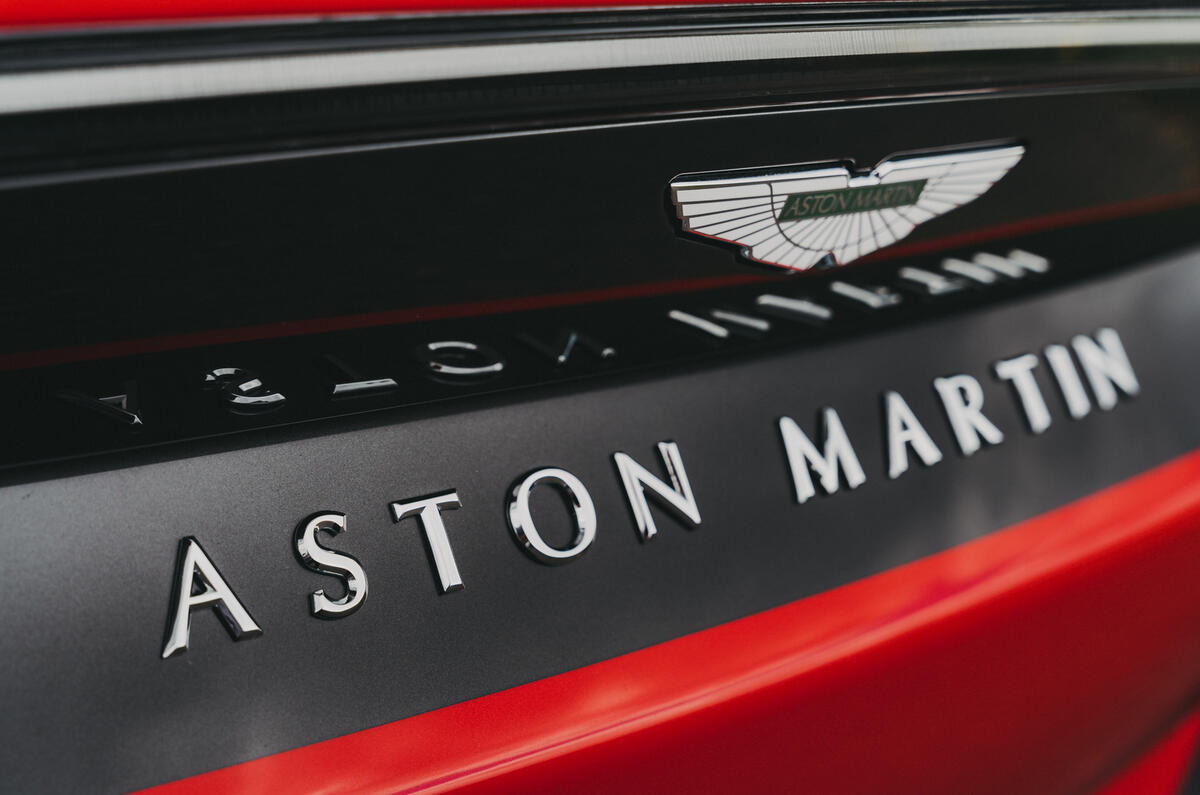Aston Martin had to suffer the indignity of seeing its shares trade at just £1.73 each by the end of Monday, down from £4.80 at close of play on Friday, after it released new stock as part of a previously announced bid to raise £654 million and steer itself away from its latest financial disaster.
The new price reflects the dilution of existing shares but highlights just how low the company has fallen after it first listed on the stock market in a blaze of optimism back in 2019, when its shares were listed at £19 apiece.





Add your comment